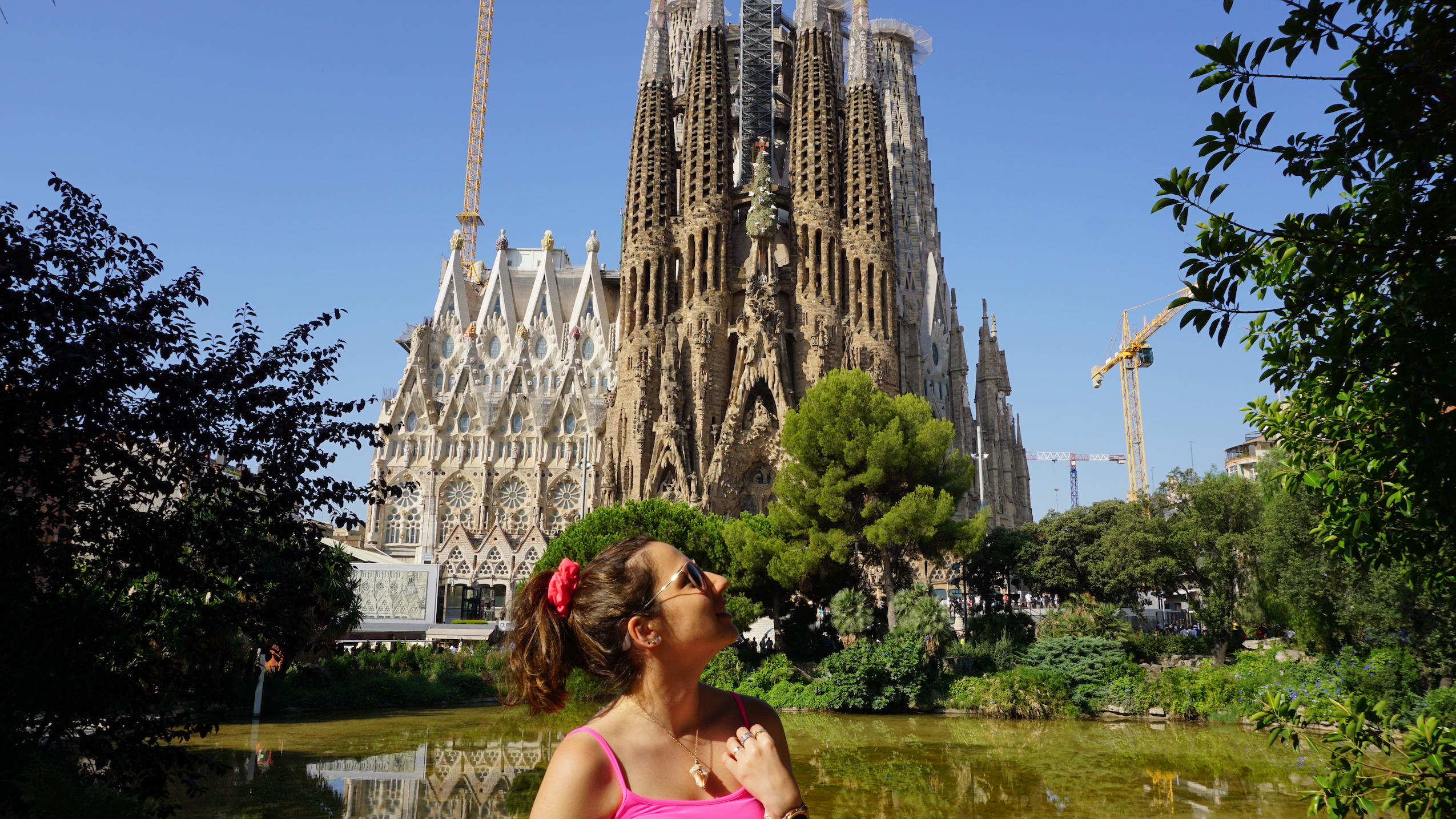Anyone visiting Azores cannot forget to include Arruda Pineapple Plantation in their travel itinerary, a large pineapple plantation located in the parish of Fajã de Baixo, less than 5 kilometers from Ponta Delgada. This plantation allows all visitors to have a clear idea of the process of creating pineapples in their greenhouses.
Pineapple culture
The pineapple culture was originated in tropical countries in America such as Brazil, Argentina and Paraguay. It was introduced in Azores, more precisely on the island of São Miguel in the 19th century, where most of the production of this fruit is concentrated. In the second half of the 19th century, the main agricultural production on the island (orange production 

Arruda Pineapple Plantation
This plantation was designed in the early twentieth century by Dr. Augusto Arruda (lawyer, politician and Azorean businessman) in an old orange farm owned by his family. Nowadays it continues to be managed by the descendants of the founders, it already has five generations and continues to maintain the same techniques of biological cultivation.
Pineapples are grown in greenhouses made of wood and whitewashed glass that have a rectangular shape. In all of them, there are two flower beds (one on each side) separated by a stone path.
The visit
We went to visit this pineapple plantation in the late afternoon and there were few people (I don’t know if it had anything to do with COVID-19). It was very easy to park the car 

 The store
The store
After seeing all the pineapple greenhouses, we decided to enter the store to see everything we it had. I thought that the store would had more pineapple products since it was located on a pineapple plantation but ended up with more decoration products. I bought a small wooden pineapple and a pineapple piri-piri (I haven’t used it yet!).
 The bar
The bar
There is also a bar next to the entrance to this plantation. There was a very large list of drinks but as we hadn’t dined yet we opted to go for a natural pineapple juice. And how good it was! The sweet taste of the fruit was well felt.
I would say that visiting the Ananases A Arruda plantations is an almost mandatory tour to do on the island of São Miguel. For those who only knew pineapples from the supermarket shelves, like me, it’s possible to have a clear idea of the whole process necessary until they’re harvested from the ground. Have you ever visited this pineapple plantation? Tell me in the comments of this post or on my instagram where I share several curiosities and the launch of new blog posts.
Click here to see all posts about Azores.












